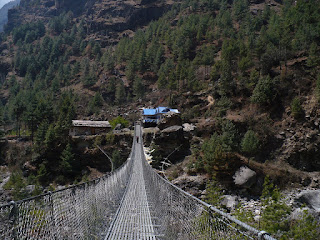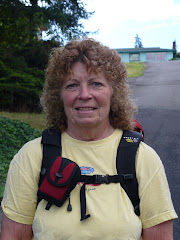
About the political scene:
For the past three years, I have followed the events as they have unfolded. Watching a country, with seven political parties, try to become a democracy is like throwing seven bright colors into my washing machine and asking them to get along. Some manage to stay true to their color, others simply fade on each other, but a few try to destroy the others. In the pictures, you can see one of the daily demonstrations that manages to hold up traffic for hours or days. Everyone is protesting something and no one seems to know who is in charge. The new Maoist government and newly elected congress are organizing and writing a constitution; meanwhile, Kathandu is embroiled in a free for all. The Maoist Army is trying to merge with the Nepali Royal Army and that is extremely difficult for all concerned. Some people are just so happy that the Maoist Army is no longer burning villages and blowing up bridges that they are willing to forgive and move on. Others are still furious at the damage, terror, homelessness and killings that the Maoist caused during the ten years of civil war. The picture that shows one of the Maoist signs at the entrance to a small village is met with animosity, but no one is brave enough to dismantle it. There are strong concerns that the Chinese will eventually take over Nepal with the same viciousness that they took over Tibet. So, the answer to those that ask is: time will tell. As I told several Sherpas during our discussions, our country can't seem to get along with a two party system; if we had seven parties to deal with, I wouldn't give us a chance. However, the resilience, tenacity and religion of the Nepali people will hopefully prevail. In my heart of hearts, I hope the impoverished city of Kathmandu can find the serene peacefulness that the breathtaking mountains contain. I know that the gods and goddesses are watching over them and the spirituality of the country has a engaging hold across the land.



















































